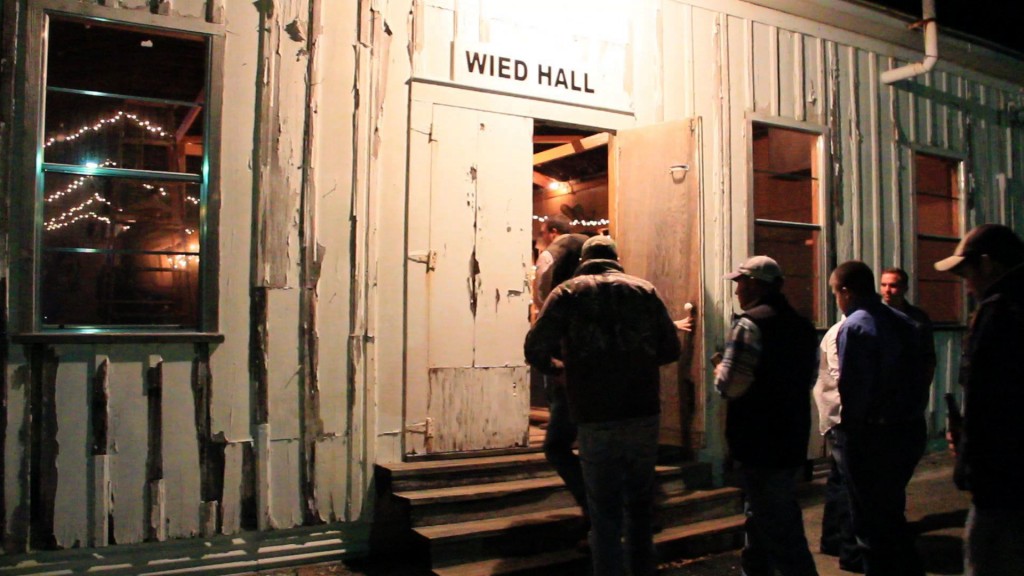Texas Dance Halls’ Rich Past – And Precarious Future – On Frame Of Mind Thursday
ArtandSeek.net November 23, 2020 25Texas dance halls have been home to crowd favorites like the country fiddle and the two-step since the turn of the 19th century.
Czech, German, Polish and Swiss immigrants used the western, barn-like halls for community business, social events, and dances. But now they’re struggling to survive. Many have been abandoned, while others fight to keep new generations interested.
A documentary called Dance Hall Days airs this week on Frame of Mind, the KERA TV series spotlighting independent films from Texas. Tune in to Channel 13 on Thursday for the last episode of the season.
Watch Frame of Mind Producer Bart Weiss interview the makers in this week’s episode, Dance Hall Days:
The film captures historic dance halls throughout the Lone Star state and the rural communities where they’re located. Dance hall historian Steve Dean, who died in 2018, takes viewers through the efforts being made to preserve the historical significance – the dance culture, comradery and the music.
“They built these dance halls as just a meeting place and I imagine that they would go and vote and have their meetings and sooner or later they would pop those tops on the beers . . . and after the meeting, they would light up a band,” said Erik McCowan, filmmaker and Texas dance hall tour guide.
Joe Patek’s Orchestra was one of the first polka bands to use a guitar and a mix of other Texas music flavors. A crowd favorite at dance halls was the orchestra’s version of “The Shinner Song.” Over the years, the dance halls turned to western swing and country music.
“These dance halls is where Texas music began . . . without this music we wouldn’t have a George Strait, we wouldn’t have Texas Tornadoes,” McCowan said.
But as time continued, crowds decreased in size and the folks who ran the buildings died or couldn’t volunteer anymore.
In recent years, members have tried to keep the halls alive. Volunteers and keepers have turned them into venues for weddings, quinceañera and live music.

Map of Texas Dance Halls by the Texas Dance Hall Preservation, Inc.
Since the dance halls began, they’ve faced obstacles. But the pandemic has caused more challenges. According to the Texas Dance Hall Preservation, Inc., most have been closed since March and have burned through most, if not all, of their cash reserves. The nonprofit started a relief fund to help dance halls pay for utilities and building insurance expenses. They’re raising money until Nov. 30.

Still from “Dance Hall Days” by Erik McCowan.
With the changing music scene, traditions and new generations, dance halls are continuously struggling to preserve the past. But late historian Steve Dean said it doesn’t have to be that way.
“People need to realize that there’s a generation here and if we let it get away we will never see it again,” said Dean in the film. “There’s so many of them, sitting out there, waiting for someone else younger than me to go out there and get those stories…and tell the stories of each one of these little towns before they’re all gone.”
Got a tip? Email Mia Estrada at mestrada@kera.org. You can follow her on Twitter @miaaestrada.
Art&Seek is made possible through the generosity of our members. If you find this reporting valuable, consider making a tax-deductible gift today. Thank you.









